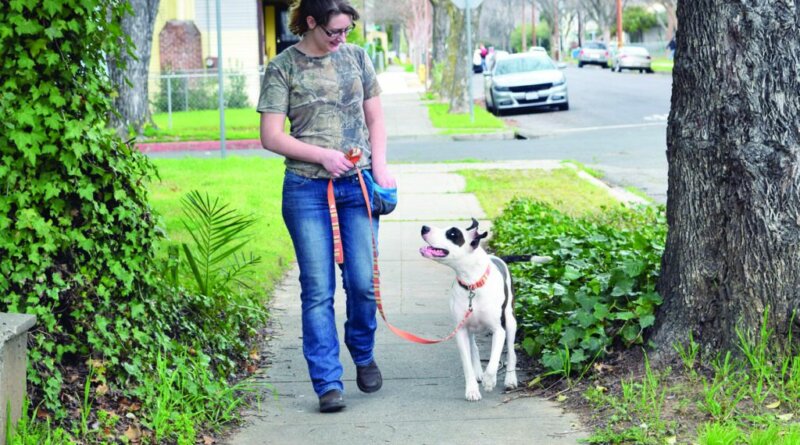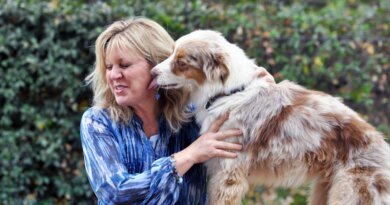The secret to dog-training success
One of my ex-boyfriends from many, many years ago had a sort of dad-joke he’d tell at least once daily. Any time he saw someone doing something with skill, he’d remark on that skill to any other observer and then, with all seriousness, he’d ask, “Well, you know what it takes to do that?” When the other observer would fall into the trap and ask, “No, what?” he’d answer, “Practice!”
Often, I was the hapless person who fell into his trap. When someone asks the question, “Do you know what it takes to do that?” one naturally expects to hear a trick, a shortcut, or some key detail – not that it takes practice. Duh! Nothing comes without practice!
But though it drove me crazy to hear that it takes practice to do complex math in one’s head, or perform a sleight-of-hand trick for a bartender, or paint a straight and dead-level pin-stripe on one’s car, I found myself picking up the habit of telling my own son, and later, my grandson, the same joke. How did I learn to tie that knot, balance on a slackline, back a trailer with accuracy, or speak Spanish? Practice, every time! Both my son and my grandson are just as aggravated as I used to be when told practice is the key – but I also think they get the point. Great competence or skill at tasks is acquired only through repetition.

Which brings me to training our dogs. I recently taught a few basic dog training classes, filling in at my friend’s training center for another instructor who was ill. The participants in the classes had all paid a pretty penny for their admission to the classes, and were eager to teach basic skills to their dogs. But when I asked the participants how many of them had practiced the exercises they had learned in the previous week’s class over the course of the week, fewer than half of the students held up their hands. Not only had they not practiced their part in working with their dogs, they denied their dogs the opportunity to learn to do behaviors on cue – behaviors that their owners desperately wanted them to do!
Training your dog requires decent observation skills, timing, and some physical coordination (to, at a minimum, provide consistent cues and deliver the dog’s reinforcers – and that’s not counting handling a leash!). If you want snappy sits and downs, reliable recalls, sturdy stays, and coordinated loose-leash work, you have to practice! Try to practice teaching your dog the behaviors you want him to learn in at least once session per day and keep in mind that most dogs will learn faster if you practice in many short sessions per day than in one very long session per day.
The post The secret to dog-training success appeared first on Whole Dog Journal.



